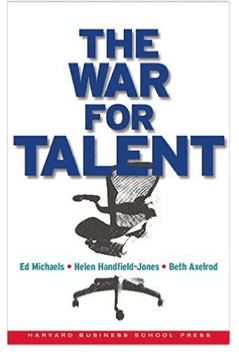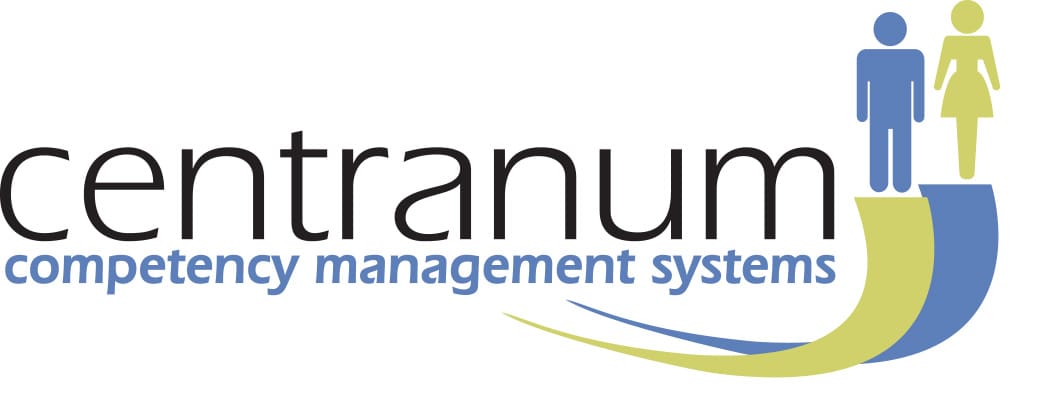
How to set up Succession Planning
What is Succession Planning
Many systems equate succession planning with talent identification – the nine box grid, and basic profile information.
Succession Management is much more than that.
The ‘War for Talent’, a term coined at the turn of the 21st century by the consultants Mckinsey’s, and thereafter the title of a popular selling book, assumed the best way to acquire Talent is to buy it rather than to develop it.
Research has shown that this is not a cost effective strategy. Past experience and performance does not predict success in a new position – unless the position and its context is very similar.
Moreover it is well established that one of the key factors in employee engagement is the sense that there is an opportunity to advance. In an ideal world, development of internal candidates will produce better capability more cost effectively, as well as reducing staff turnover.


Succession Planning is not an activity in isolation. It relies on integrated talent management processes.
Flowing from the vision and direction of the organisation it starts with the identification of key job roles in both leadership and technical/professional tracks. Measurable role based capability and competency requirements are arranged in career pathways.
Not everyone is interested in advancement. Discussion of aspirations and career interest identifies those who are. Talent identification draws on competency and performance information as well as personal attributes.
Development programmes can be targeted at a particular role, technical track or leadership level.
From this talent pool successors for particular positions can be identified.
Current issues in Succession Planning
A 2014 report on a survey conducted amongst 20 companies by Stanford University found that;
- Most did not know who might take the place of senior executives.
- Often no connection is made between the roles, the skill and experience requirements needed, and those of possible successors
- Most had no structured process in place for identifying and developing successors, nor any clearly expected involvement of senior management and directors.
- The main objective appears to be to reduce risk rather than find the best successor
- Succession plans are not well linked to coaching and development programmes.

Setting up an effective Succession Management process

Put in place tools and processes that will;
- Support capture of rich information on individual aspirations, qualifications, training, experience, knowledge and skills.
- Provide accurate assessment of those personal attributes proven to be important to career advancement
- Allow staff to see alternative career pathways within the organization,
- Identify capability gaps for roles of interest and
- Match development resources and programmes to role based functional competencies to close those gaps
- Support Talent Review discussions and Talent Pool Management
- Define and Manage Talent Pool Development Programmes
- Support selection and org chart display of critical positions
- Capture succession nominations and associated information on successor readiness, role specific strengths, gaps and development.
- Enable comparisons across time of bench strength and succession pipeline
- Allow for contingency planning
